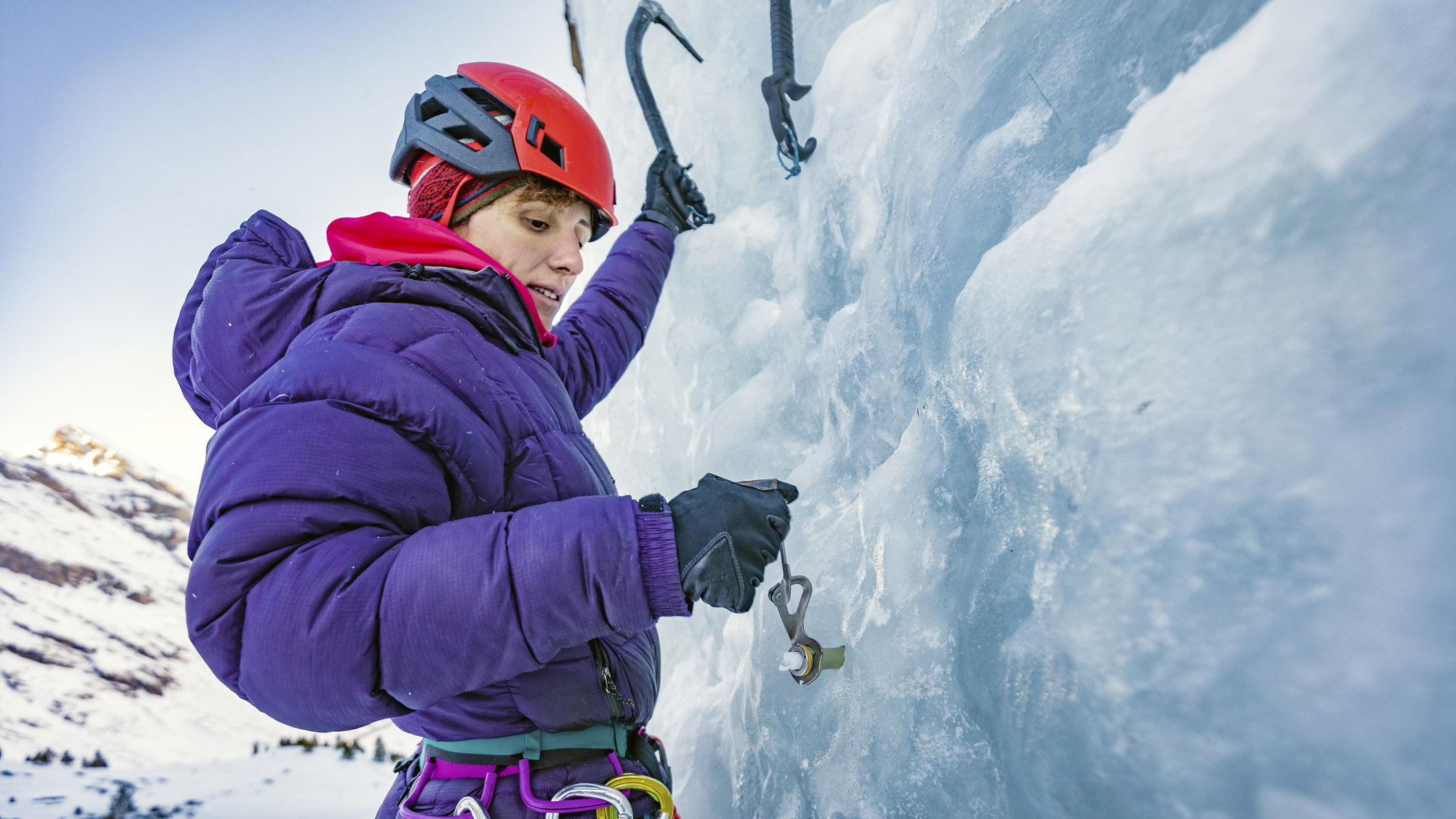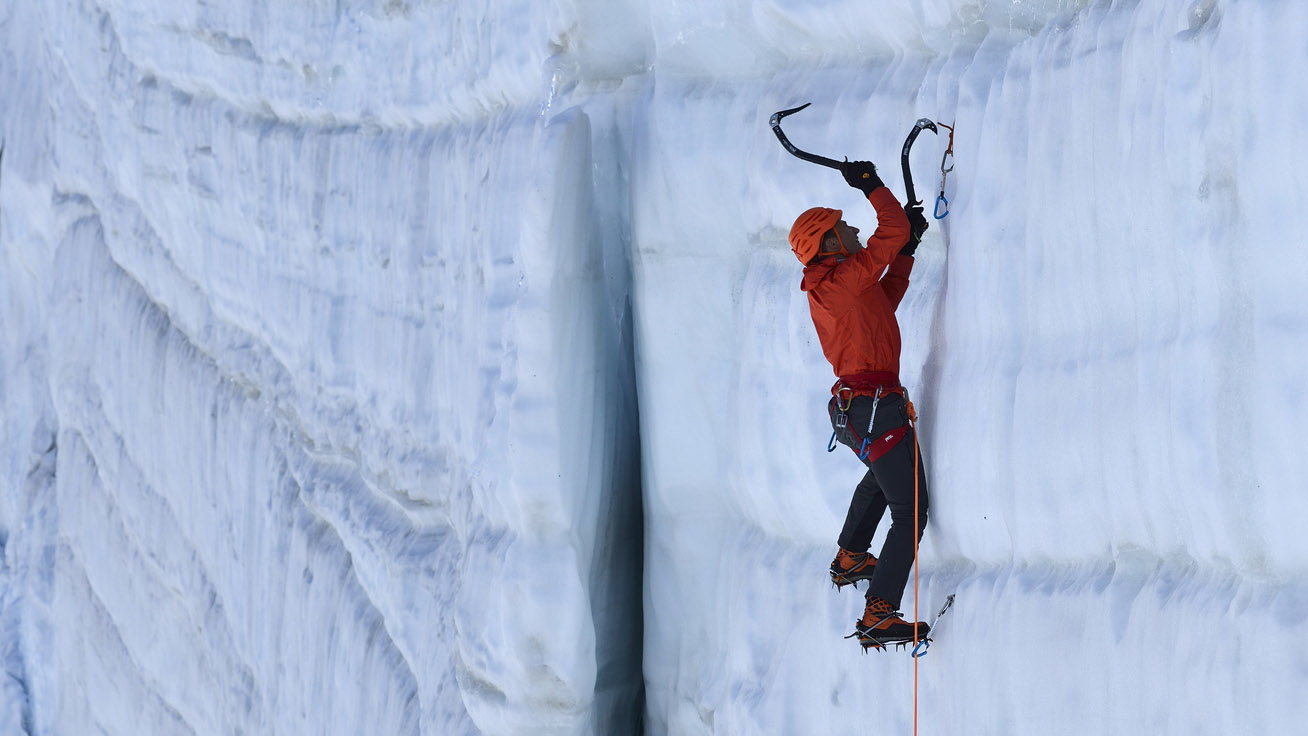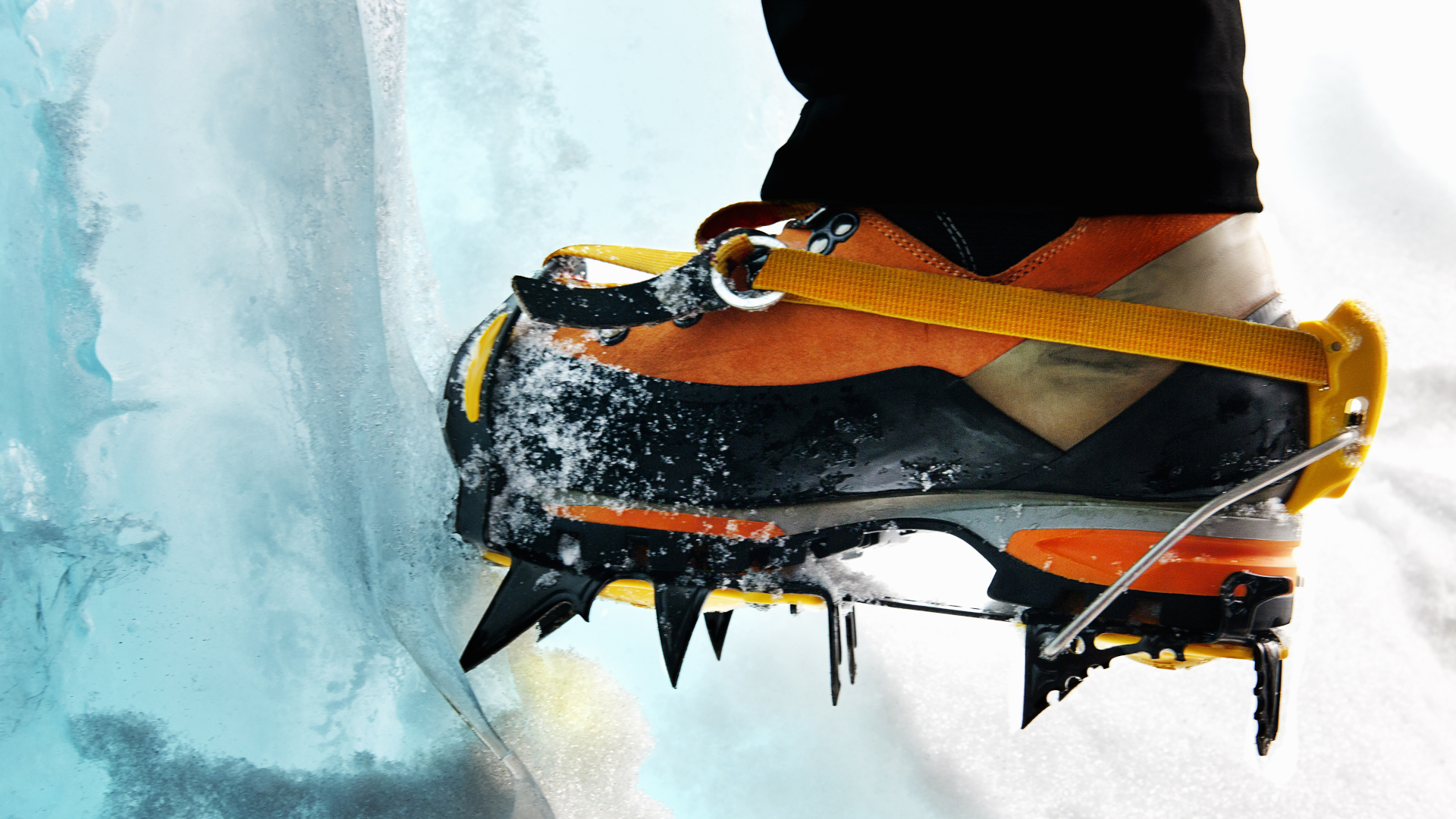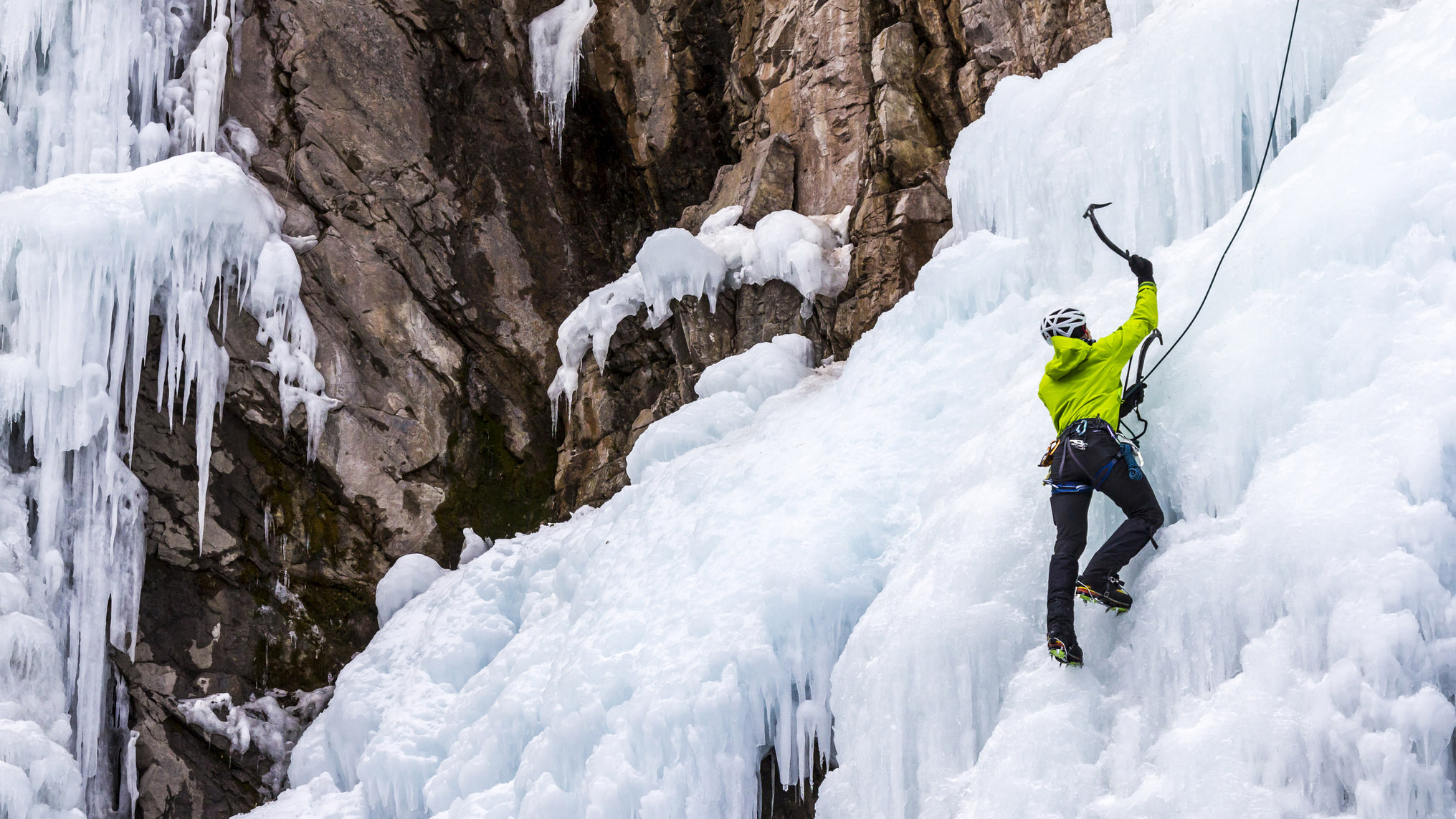Ice climbing ratings: a quick guide
Our guide to ice climbing ratings covers what they are, why they vary so widely and which system is most commonly used to help you assess your next frozen pursuit

Once you’ve been rock climbing for a while, you’ll have noticed that climbing rating systems aren’t exactly objective. If you’ve worked your way up to rock climbing in Yosemite, for example, you might have quickly discovered that a 5.6 route in the Valley might be a 5.8 back home at your local crag. But even with those inconsistencies, the actual route itself doesn’t change much between climbs. Rock is rock, after all, and its general character remains largely unchanged from day to day, unless a large chunk of it breaks off in your hand, or you live for several millennia.
Ice climbing, however, is a bit of a different story and that’s why if you’re picking up an ice axe and crampons this winter, you’re going to need to learn some new language. Our quick guide to ice climbing ratings covers what they are, why they vary so widely and which system is most commonly used to help you assess your next frozen pursuit.

What are ice climbing grades?
Ice climbing grades, or ratings, are used to assess the difficulty level of a route. Ice climbing takes place on bodies of frozen water, such as glaciers and waterfalls, and as such, a particular route can change from season to season, day to day, and even disappear from one day to the next!
While the weather won’t change a rock climbing route overnight (though it might change your ability to climb it), it can of course mean more or less ice on a route. It can also change the shape of an ice formation as it forms as well as change the quality of the ice and even the steepness of the route. Furthermore, while frequent climbing can actually change the quality of the rock by smoothing it out and making it more slick, or removing holds if the rock is chossy, it does so over a longer period of time. A body of ice that was climbed by a group or three yesterday might consequently be a very different route for today’s climbers. Ice climbing ratings are therefore more fluid than rock climbing grades, but there are still systems that judge the difficulty of certain routes by taking the following factors into account:
- Steepness: the steeper the route, the harder it is to climb.
- Length: the longer the route, the more difficult, especially if there aren’t good areas to rest.
- Ice quality: this is related to your ability to place protection – thick ice is considered easier to climb since you can more easily use your axe and screws, while thinner ice is more challenging and dangerous to place gear into.
- Technicality: the types of climbing techniques you’ll need to perform to complete a route, from easy scrambling to complex figure fours, will determine its difficulty.

Ice climbing ratings: a quick guide
Even though we’ve called this a quick guide, as you can see, rating ice climbing routes is actually quite complicated, and it’s made more so by the fact that different regions – such as Alaska, Russia and Scotland – have their own grading systems that reflect their unique conditions. Rather than include them all here, it’s better just to understand that different areas have vastly different climates and ice climbing will be a very different experience between different places, so if you’re ice climbing in a new state or country, it’s helpful to go out for the first time with a guide so that you can get to grips with what the grades there might mean.
The most commonly used ice climbing rating system uses the initialism 'WI', which stands for 'water ice'. Water ice is also referred to as seasonal ice, and forms in the winter and melts in the summer. To complicate things a little more, you will also sometimes see the initialism 'AI', which stands for 'alpine ice' and refers to ice that is more consistent throughout the year in alpine areas. Because this ice is more stable, an AI route with the same number as a WI route might actually be easier to climb, according to The Alpinist.

Anyway, without complicating things further, here are the ice climbing ratings that you’ll often see in routes that have descriptions. Remember that these are, by nature, subjective and general. When in doubt, always seek out an experienced guide.
Advnture Newsletter
All the latest inspiration, tips and guides to help you plan your next Advnture!
| Grade | Description |
|---|---|
| WI1 | Low angle grade, no tools required |
| WI2 | 60° grade, tools required in certain spots, good protection available for placing screw |
| WI3 | 70° grade means sustained climbing with good protection available for placing screw and good rest spots |
| WI4 | 80° grade means steep or vertical ice, some rest spots |
| WI5 | Strenuous climbing, either due to a long, steep route or a shorter pitch with thinner ice, few places to rest |
| WI6 | Highly technical vertical climbing with no rests, or even thinner ice than a WI5 route |
| WI7 | Like a WI6 but the ice is of extremely poor quality, making protection placement impossible |
- Best women's climbing shoes: for all types of climbing adventures
Julia Clarke is a staff writer for Advnture.com and the author of the book Restorative Yoga for Beginners. She loves to explore mountains on foot, bike, skis and belay and then recover on the the yoga mat. Julia graduated with a degree in journalism in 2004 and spent eight years working as a radio presenter in Kansas City, Vermont, Boston and New York City before discovering the joys of the Rocky Mountains. She then detoured west to Colorado and enjoyed 11 years teaching yoga in Vail before returning to her hometown of Glasgow, Scotland in 2020 to focus on family and writing.

